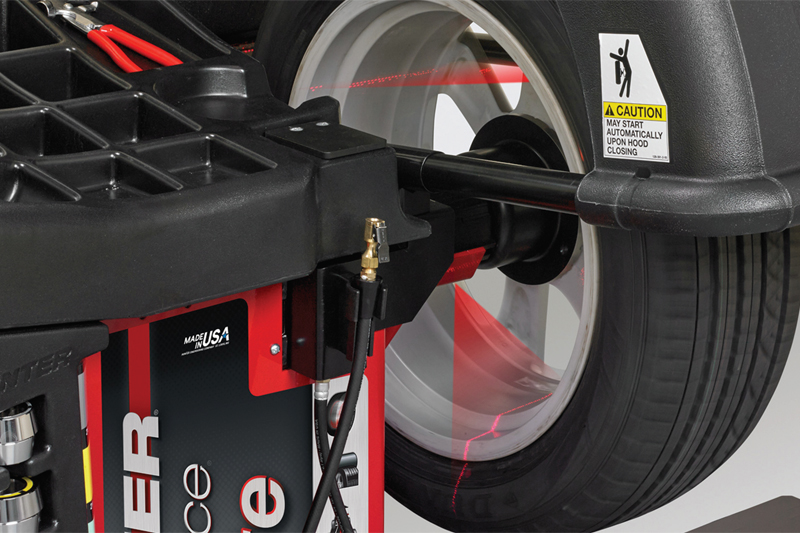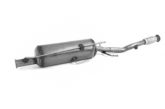
EVs are undoubtedly quieter than their internal combustion counterparts, but that means motorists will be more sensitive to other sources of noise. Wheel vibration is one of them, as Pro-Align explains.
Figures recently released by the Society of Motor Manufacturers and Traders (SMMT) show that for the first time ever, sales of new electric and hybrid cars overtook that of diesels. As this trend continues, workshops need to be equipped and staff trained in order to address a host of new servicing challenges. While much focus and attention, quite rightly, is on the vehicle’s electronic architecture, workshops should also consider new challenges associated with traditional components.
The NVH conundrum
“As part of the EV revolution, workshops will undoubtedly see more customers who have concerns about vibration issues,” explained Clive Seabrook, CEO, Pro-Align, the exclusive UK distributor of Hunter wheel servicing equipment. “Replacing an internal combustion engine with an electronic drivetrain means that drivers will be much more aware of other vibrations, such as those from wheel and tyre assemblies, that would previously have been masked by those coming from the engine. Consequently, workshops need to prepare for this with equipment that can diagnose and solve these issues efficiently and effectively.”
One solution, according to Pro-Align, is the Hunter Road Force Elite (RFE) diagnostic wheel balancer as traditional wheel balancers are unable to solve the most challenging and subtle of wheel vibration issues other than by trial and error alone.
A diagnostic approach
Adopting a unique diagnostic approach, the RFE can provide a fast fix to wheel-vibration problems, even doing so in less time than a standard wheel balancer. The RFE differs from standard balancers as it measures tyre forces known as Road Force Variation (RFV) and Lateral Force (LF) to conduct a full diagnostic of the wheel and tyre assembly. It does this by scanning the wheel rim and applying a load via a roller to take the wheel and tyre assembly on a simulated road test.
Once RFV is identified, the balancer provides a ‘ForceMatching’ recommendation which matches the stiff spot on the tyre with the low spot on the wheel rim, minimising any vibrations to give a smoother ride. Where LF is identified due to conicity of the tyres, the RFE even advises of the best position on the vehicle to counteract it for a straighter drive.
Improved ride
“Undoubtedly, motorists are going to become more demanding of workshops with regard to wheel vibration issues,” added Clive. “Thankfully though, we’re delighted that once again, the insightful engineers at Hunter have been among the first to identify this future problem and develop a solution that will help workshops provide their customers with the very best levels of service.”









